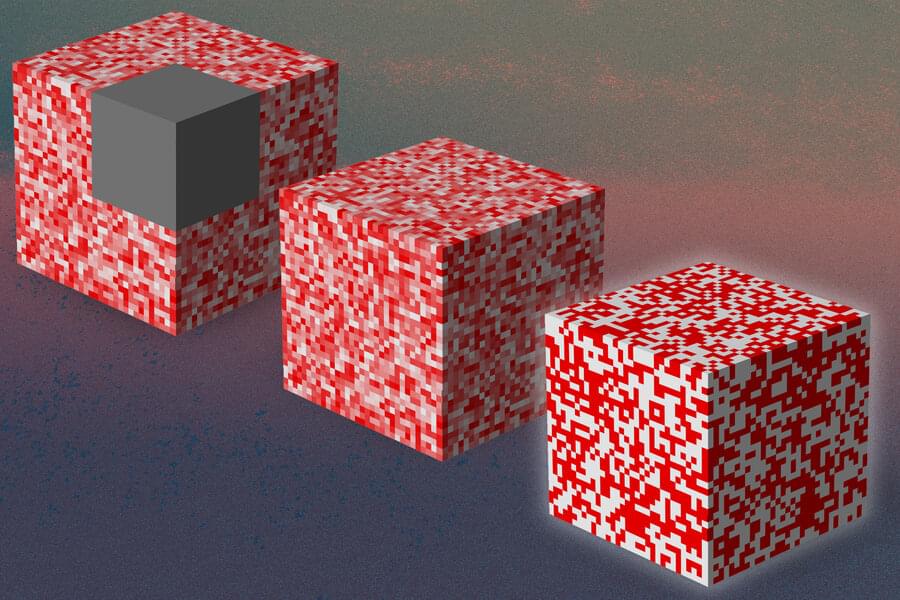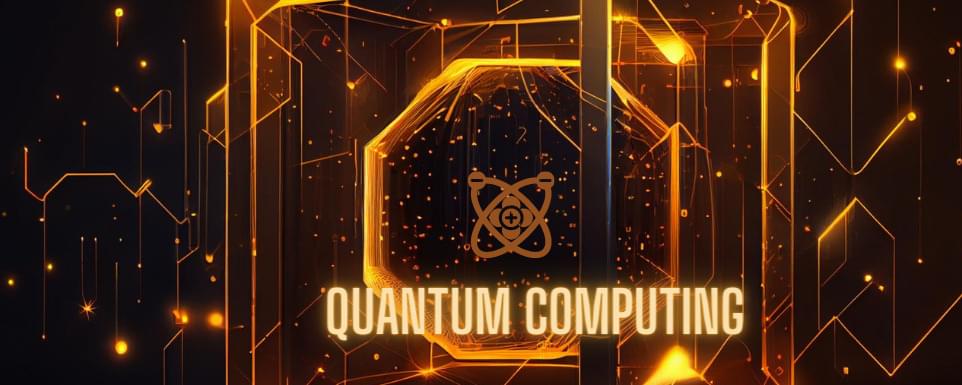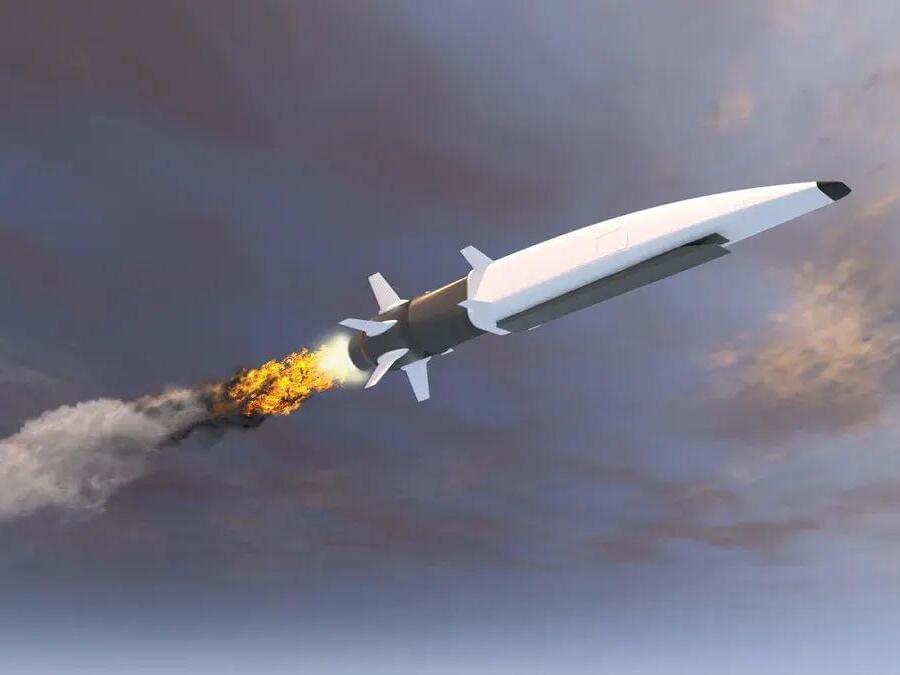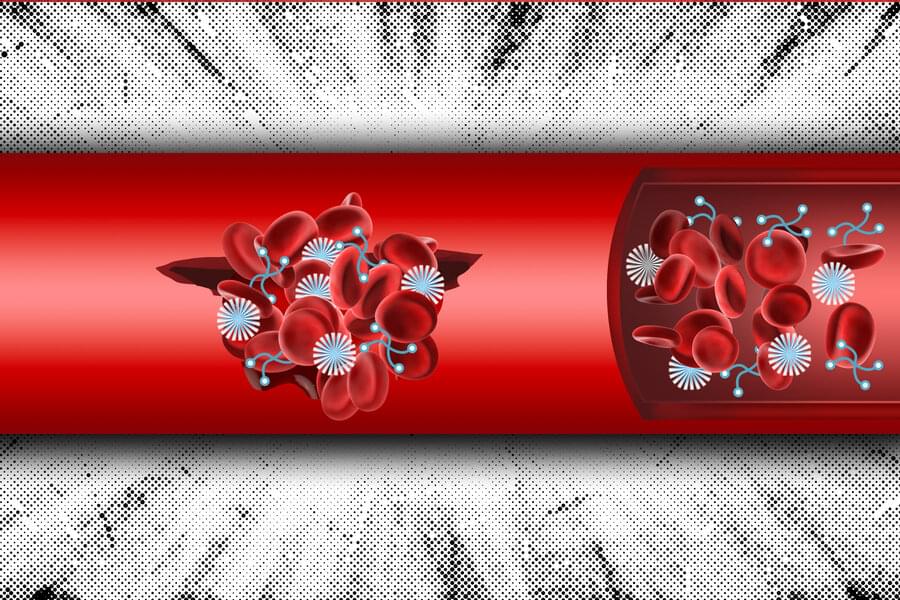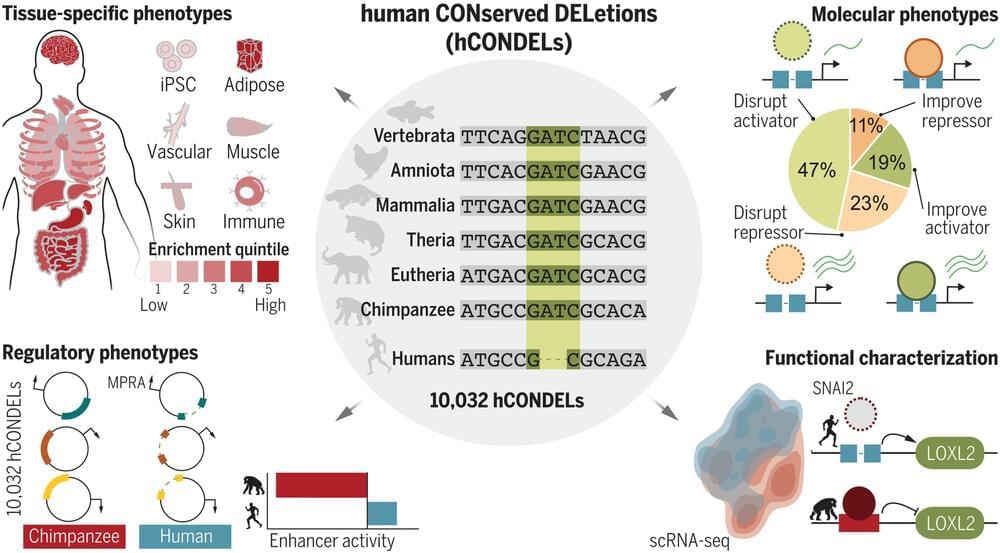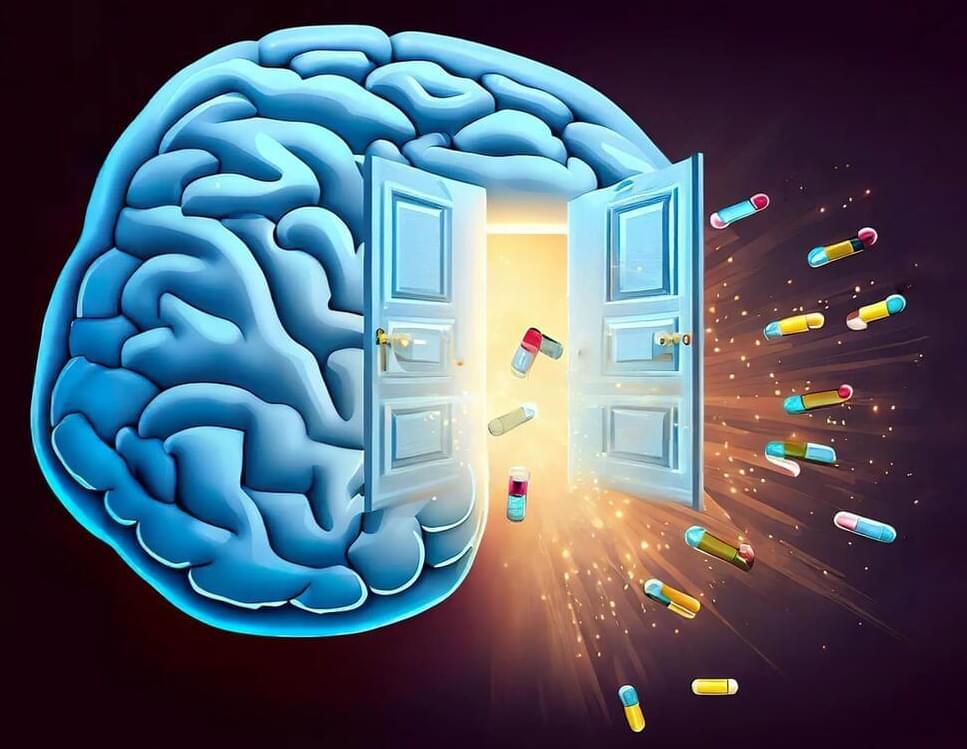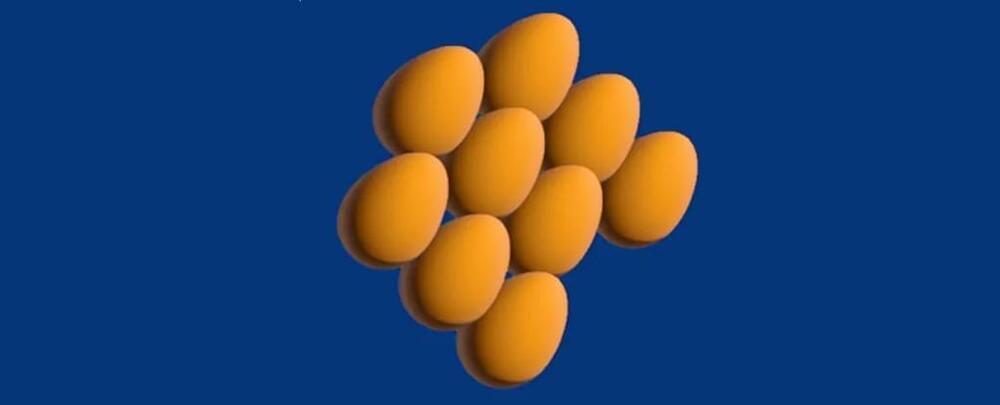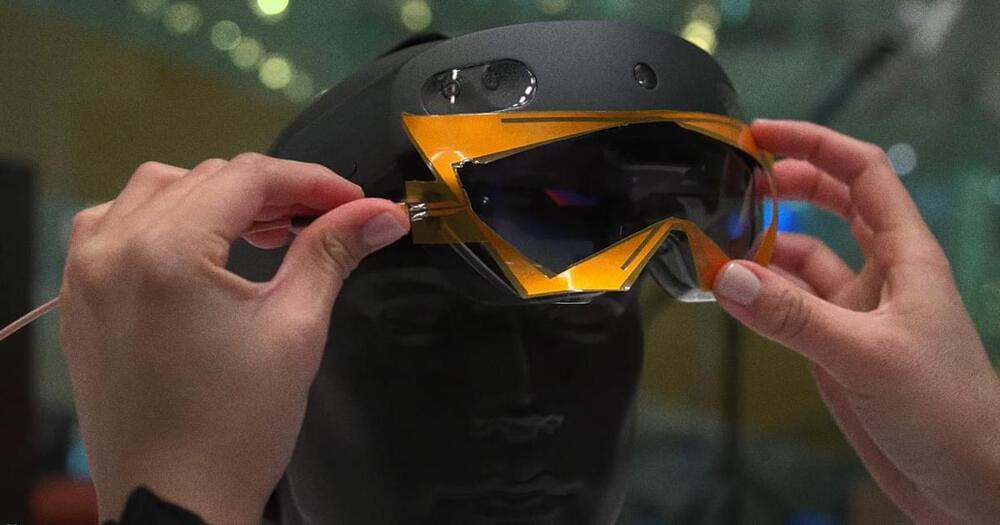Maybe you can’t tell a book from its cover, but according to researchers at MIT you may now be able to do the equivalent for materials of all sorts, from an airplane part to a medical implant. Their new approach allows engineers to figure out what’s going on inside simply by observing properties of the material’s surface.
The team used a type of machine learning known as deep learning to compare a large set of simulated data about materials’ external force fields and the corresponding internal structure, and used that to generate a system that could make reliable predictions of the interior from the surface data.
The results have been published in the journal Advanced Materials, in a paper by doctoral student Zhenze Yang and professor of civil and environmental engineering Markus Buehler.
